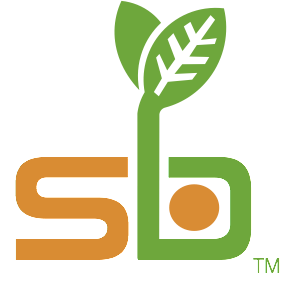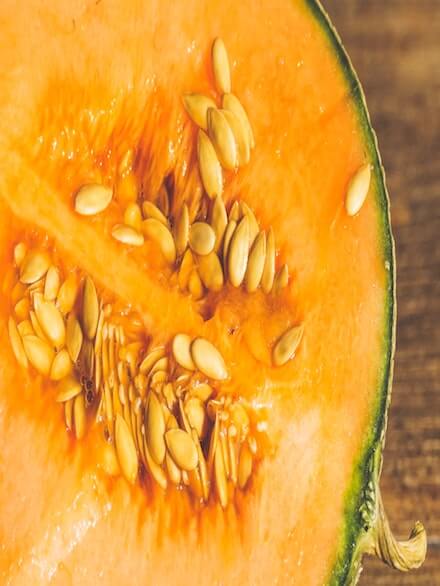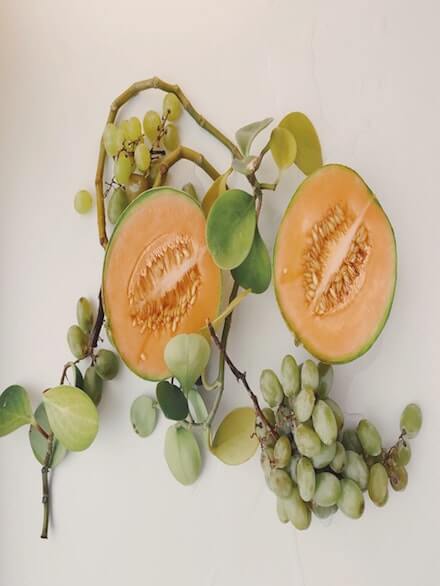
ACTIVE
ALERT - nearing end of life (cultivation required)
The pomegranate has glossy, leathery leaves that are narrow and lance- shaped.
Seed is surrounded by a fleshy receptacle called an aril.
Depending on cultivar seeds can be soft or hard; vary in colour, and vary in juice content.
- Taxonomy
- Agricultural
- Geographic
- Medical Importance
- Physiology
- Aura
- Lab
- Genomics
- Use
- Facts
- References
- Reviews
| Taxon: | |
| Node ID: | |
| Domain: | |
| Kingdom: | Plantae |
| Phylum: | Tracheophyta |
| Class: | Magnoliopsida |
| Order: | Myrtales |
| Family: | Lythraceae |
| Genus: | Punica |
| Species: | P. Granatum |
| Cultivar: | Unnamed |
| Scientific Name: | Punica Granatum L. |
| Common Name: | Pomegranate |
| Shelf Life (yrs): | 5 |
| Climate: | Semi-arid to subtropical climate |
| Regions: | Naturally adapted to regions with cool winters & hot summers |
| Fruits: | Fruits ripen after 6-7 months after flowering |
| Native: | Native to Iranian Plateau, the Himalayas in Northern Pakistan, and Northern India |
| Cultivated: | Cultivated in the Caucasus since ancient times |
| Today: | Today it is widely cultivated throughout Iran, Azerbaijan, Afghanistan, India, Pakistan, Bangladesh, Iraq, Egypt, China, Burma, Saudi Arabia, Israel, Jordan, and the drier parts of southeast Asia |
| Medical 1: | Home Remedies |
| Medical 2: | The juice is a powerful antioxidant |
| Medical 3: | The juice has many health values |
| Physiology 1: | The pomegranate has glossy, leathery leaves that are narrow and lance- shaped |
| Physiology 2: | Seed is surrounded by a fleshy receptacle called an aril |
| Physiology 3: | Depending on cultivar seeds can be soft or hard; vary in colour, and vary in juice content |
| Aura Item 1: | ... | Image 1: | ... |
| Aura Item 2: | ... | Image 1: | ... |
| Aura Item 3: | ... | Image 1: | ... |
| Aura Item 4: | ... | Image 1: | ... |
| Aura Item 5: | ... | Image 1: | ... |
| Aura Item 6: | ... | Image 1: | ... |
| Aura Item 7: | ... | Image 1: | ... |
| Aura Item 8: | ... | Image 1: | ... |
| Lab Item 1: | ... |
| Lab Item 2: | ... |
| Lab Item 3: | ... |
| Lab Item 4: | ... |
| Lab Item 5: | ... |
| Lab Item 6: | ... |
| Lab Item 7: | ... |
| Lab Item 8: | ... |
| Number of Genomes: | 5 |
| Genome Item 1: | ... |
| Genome Item 2: | ... |
| Genome Item 3: | ... |
| Genome Item 4: | ... |
| Genome Item 5: | ... |
| Genome Item 6: | ... |
| Genome Item 7: | ... |
| Genome Item 8: | ... |
| Use 1: | Pomegranates as a fruit |
| Use 2: | Pomegranate Juice |
| Use 3: | Pomegranate Wine |
| Facts 1: | The word pomegranate means apple with many seeds |
| Facts 2: | Pomegranates belong to the berry family and are considered a super fruit |
| Facts 3: | Pomegranate trees can live for over 200 years |
| References 1: | https://plants.usda.gov/core/profile?symbol:PUGR2 |
| References 2: | eol.org/pages/582971/hierachy_enteries/57303323/overview#Description |
| References 3: | https://www.biorxiv.org/content/early/2017/07/03/158857 |
| References 4: | www.luchredlist.org/details/63531/0 |
| References 5: | http://agropedia.iitk.ac.in/content/econo |
| References 6: | https://www.agmrc.org/commodities-products/fruits/pomegranates/mic-importance-and-origin-and-distribution-pomegrante |
| References 7: | https://www.crfg.org/pubs/ff/pomegranate.html |
| References 8: | http://www.actahort.org/books/890/890_29.htm |
| References 9: | http://ucanr.edu/sites/Pomegranates/files/166141.pdf |
| References 10: | https://thatsitfruit.com/blog/10-interesting-facts-about-pomegranates/ |



Fantastic flavour and aroma!
I keep ordering this product. It's wonderful